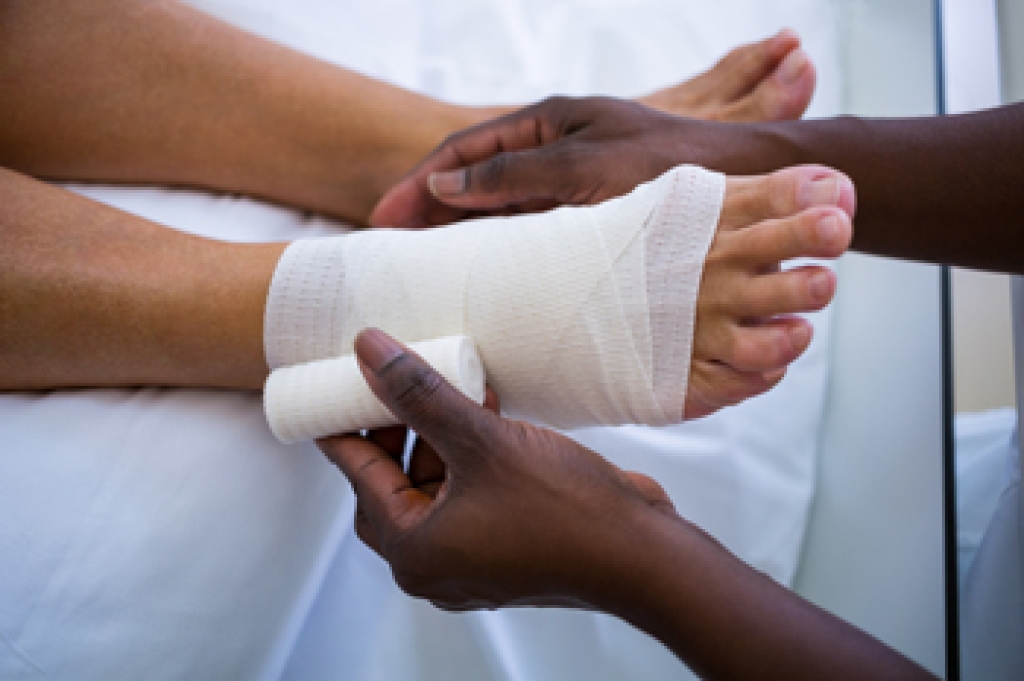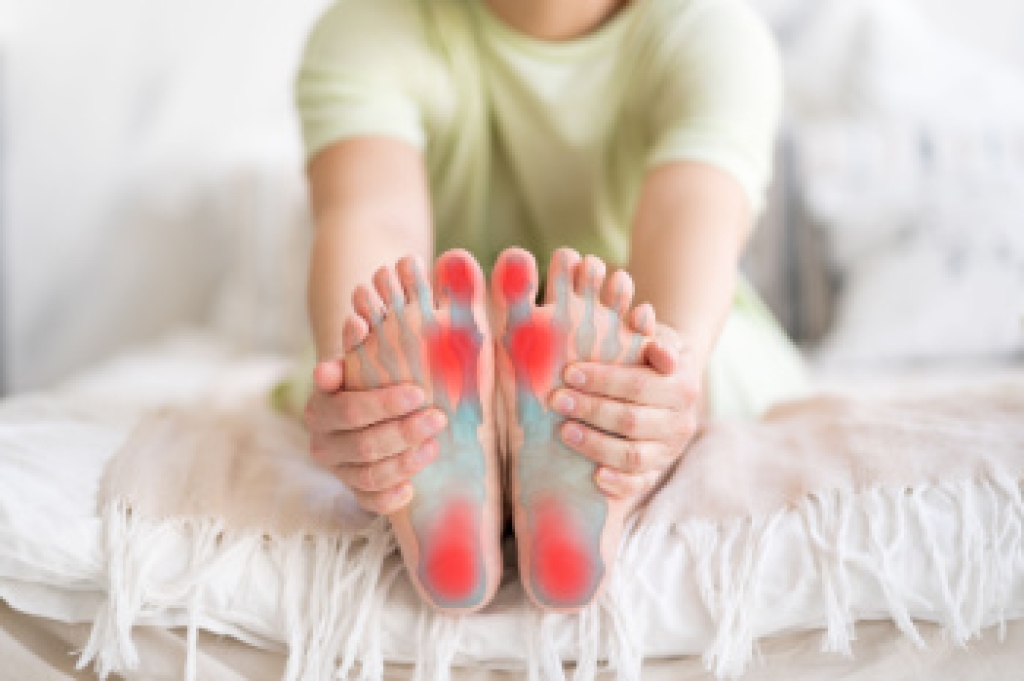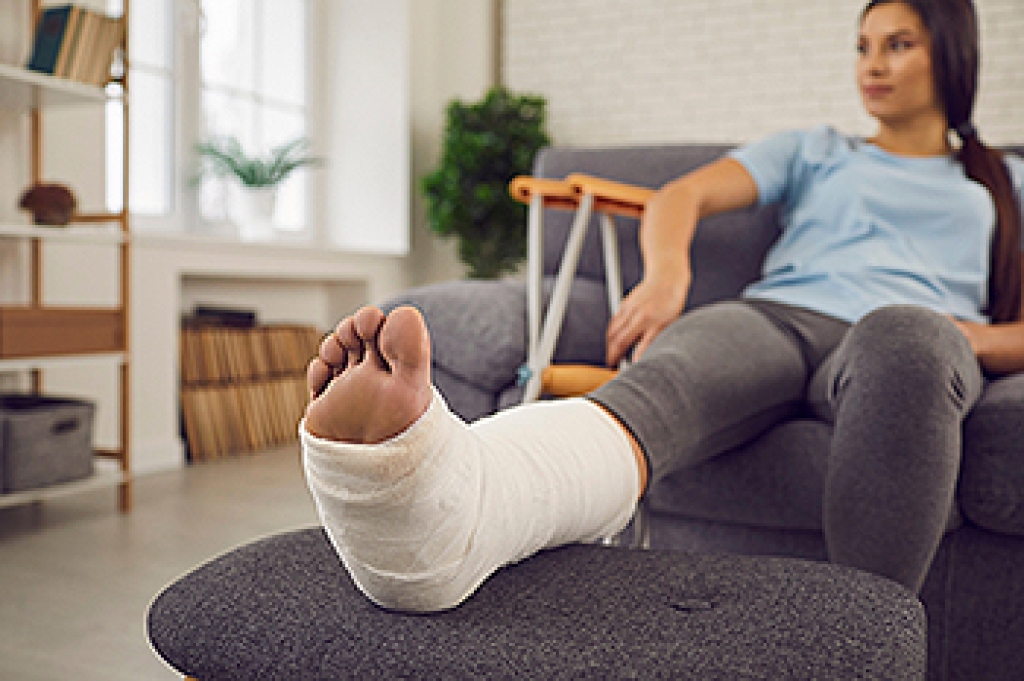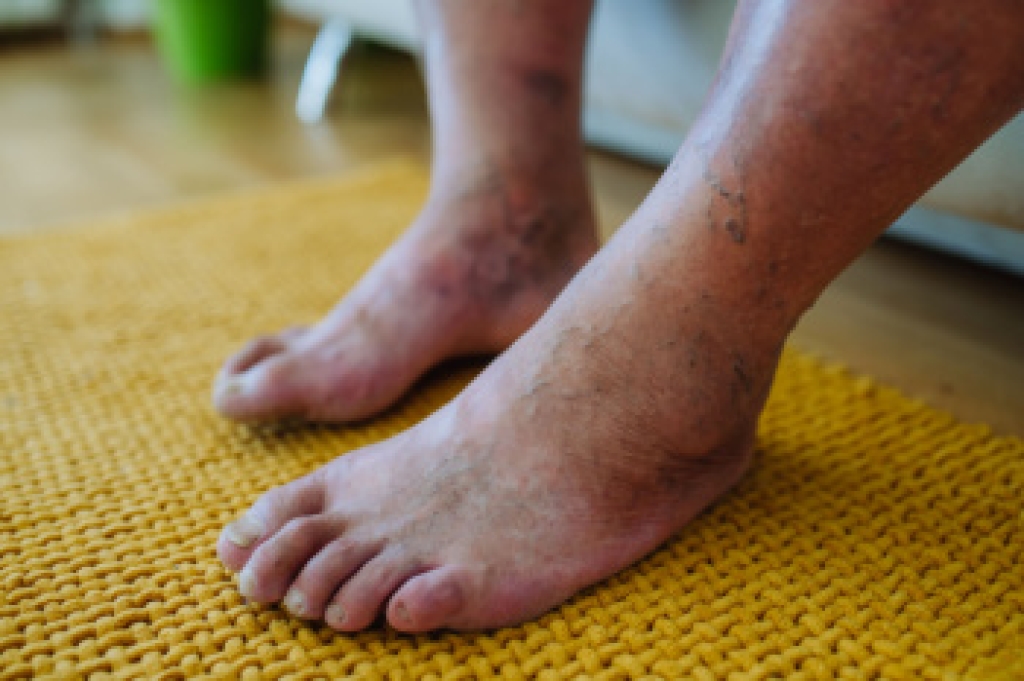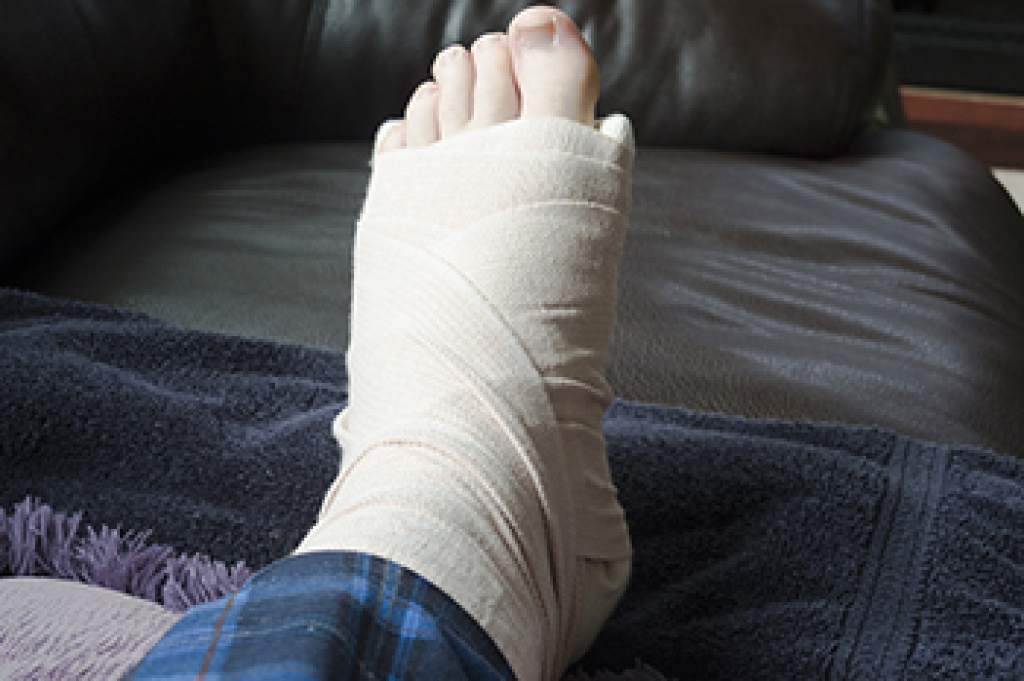
Foot fractures are broken bones resulting from trauma, falls, sports injuries, or repetitive stress. The feet may look swollen, bruised, or deformed, and in some cases the toes or midfoot may appear misaligned. Symptoms include sharp, intense pain at the time of injury, followed by tenderness, difficulty walking, or an inability to bear weight. Stress fractures, which are small hairline cracks in the bones, are common in athletes and dancers due to repetitive impact and may not be immediately visible on X-rays. A podiatrist can provide a thorough evaluation, including physical examination and imaging such as X-rays or an MRI, to confirm the diagnosis and determine the severity of the foot fracture. Treatment options include immobilization with casts or splints, protective footwear, activity modification, or in severe cases surgery. Early professional care promotes proper healing, reduces pain, and prevents long-term complications. If you suspect a foot fracture, it is suggested that you make an appointment with a podiatrist.
A broken foot requires immediate medical attention and treatment. If you need your feet checked, contact Katie Besselman, DPM from Advanced Podiatry. Our doctor can provide the care you need to keep you pain-free and on your feet.
Broken Foot Causes, Symptoms, and Treatment
A broken foot is caused by one of the bones in the foot typically breaking when bended, crushed, or stretched beyond its natural capabilities. Usually the location of the fracture indicates how the break occurred, whether it was through an object, fall, or any other type of injury.
Common Symptoms of Broken Feet:
- Bruising
- Pain
- Redness
- Swelling
- Blue in color
- Numbness
- Cold
- Misshapen
- Cuts
- Deformities
Those that suspect they have a broken foot shoot seek urgent medical attention where a medical professional could diagnose the severity.
Treatment for broken bones varies depending on the cause, severity and location. Some will require the use of splints, casts or crutches while others could even involve surgery to repair the broken bones. Personal care includes the use of ice and keeping the foot stabilized and elevated.
If you have any questions, please feel free to contact our office located in Saint Peters, MO . We offer the newest diagnostic and treatment technologies for all your foot care needs.
